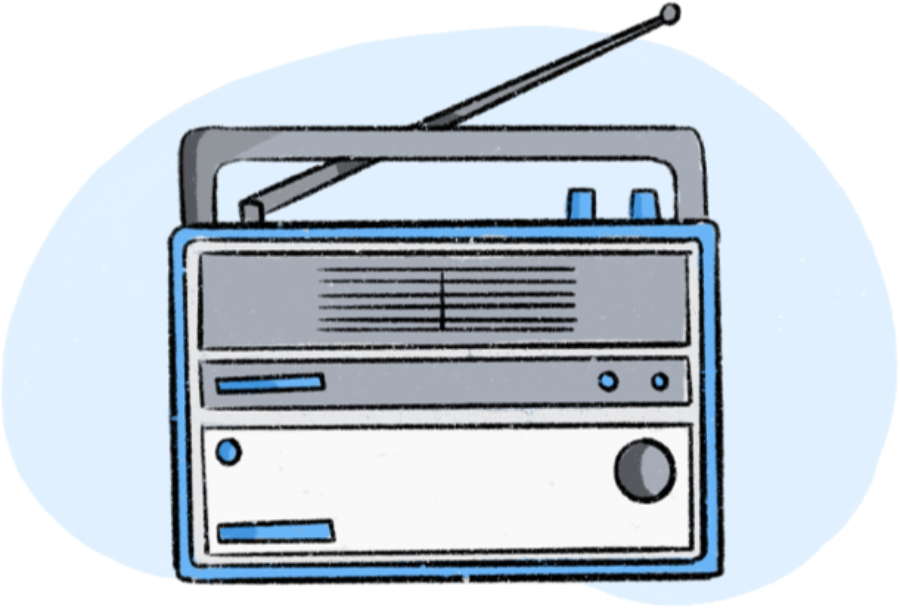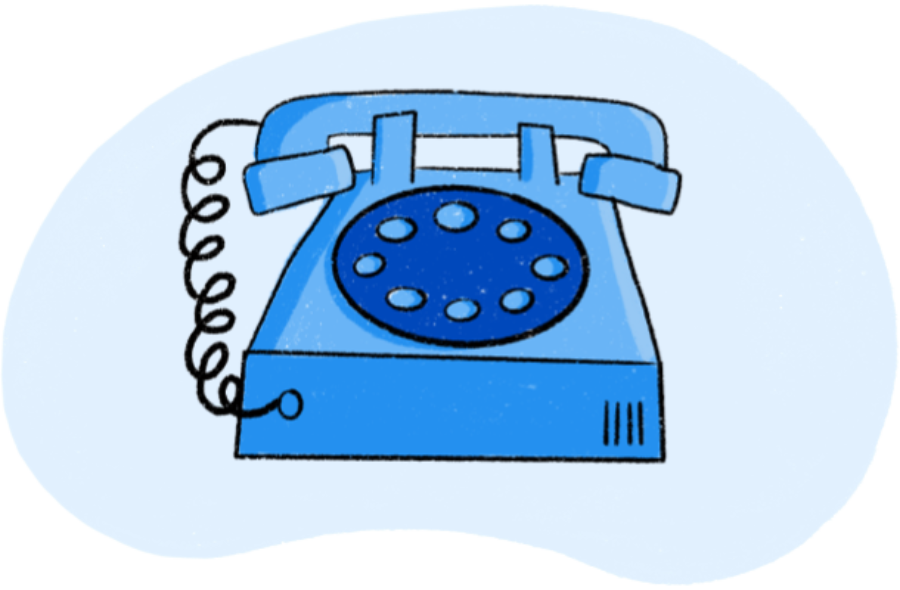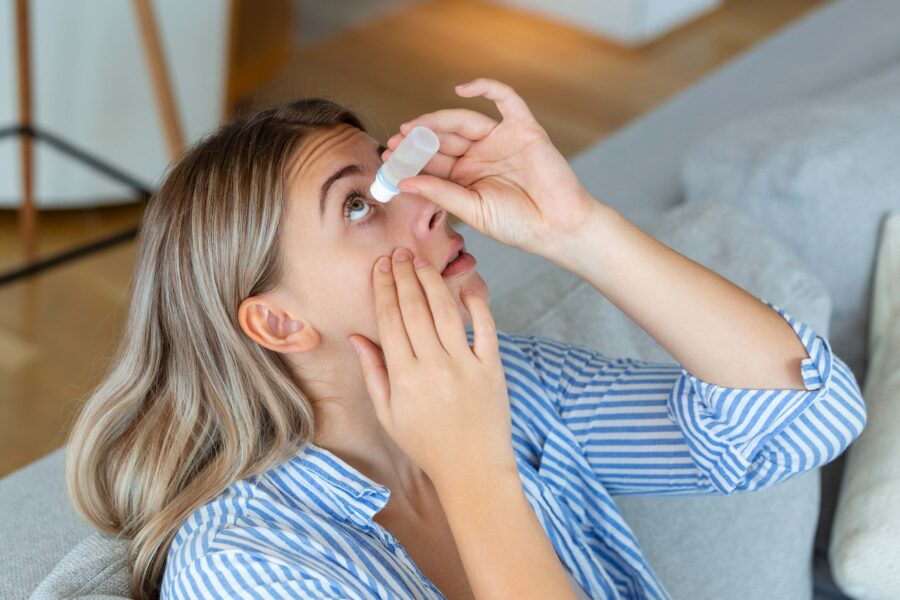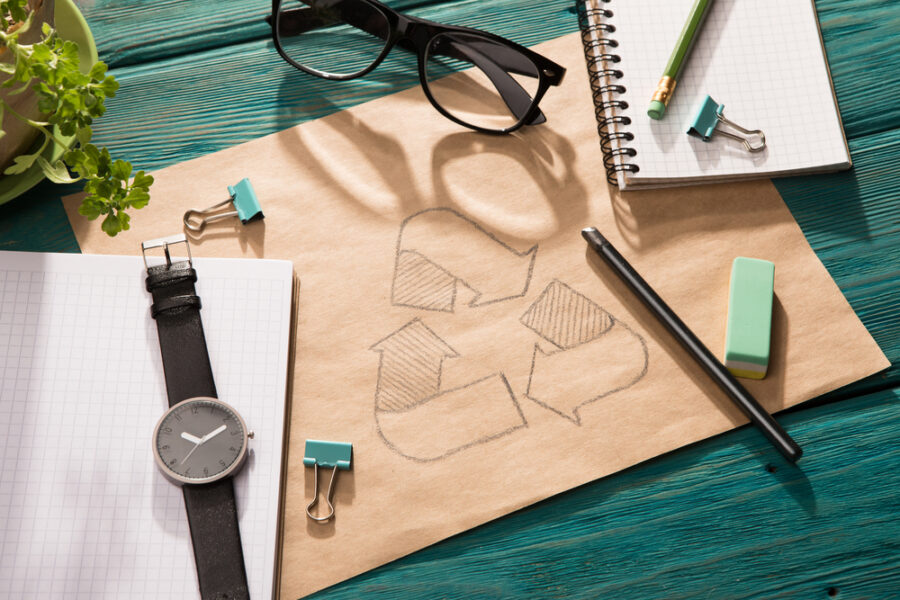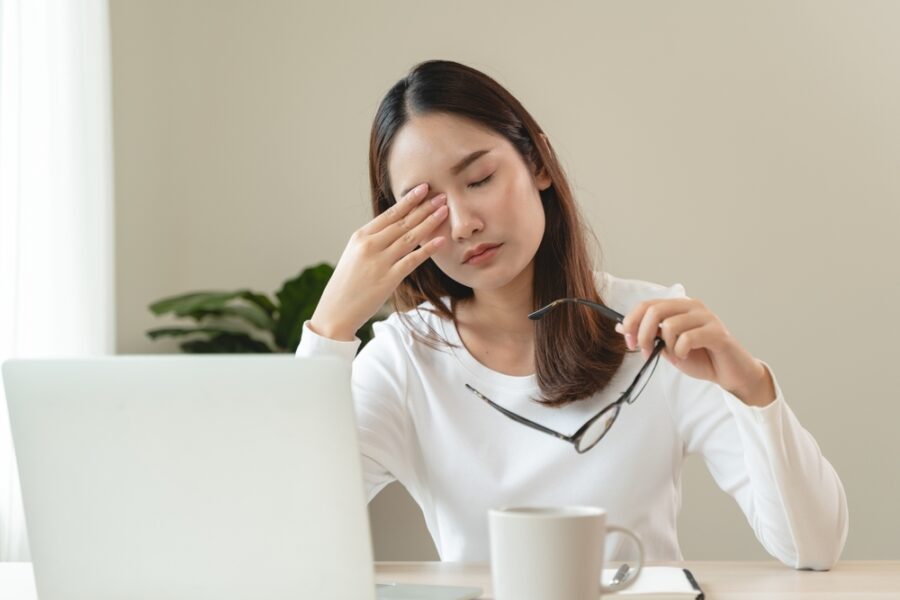

Blog post
How to adjust your glasses at home
Adjusting your glasses
Wearing the correct glasses can help improve vision and encourage activity.
So here are a few tips to help you adjust and care for glasses!
When to adjust nose pads
Nose pads should be flat against the nose.
Glasses should not slip down the face when nodding.
Please note, if nose pads dig into the nose, you should follow steps for if glasses are sitting too high.
We have step-by-step instructions and a visual guide below to help you safely adjust nose pads.
If glasses are sitting too low
If glasses are sitting too low, you should push the nose pads inwards.
- Hold the glasses with your non-dominant hand.
- Use the outside of your dominant thumb to push in on the arm of the pad gently.
- Do this for both nose pads until the glasses fit comfortably.

Push the nose pads inwards if your glasses sit too low
If glasses are sitting too high
If glasses are sitting too high, you should push the nose pads outwards.
- Hold the glasses with your non-dominant hand.
- Use your dominant thumb to push on the nose pad gently.
- Do this for both nose pads until the glasses fit comfortably.

Push the nose pads outwards if your glasses sit too high
How to adjust nose pads
What to do if glasses are too loose or too tight
If a frame is too loose or too tight, you should adjust the end tips of the glasses.
We have step-by-step instructions and a visual guide below to help you safely adjust the frame leg.
How to tell if a frame is loose or tight
A loose frame will slip forward when nodding or there is a lot of space behind the ear.
A tight frame will press or dig into a person's head or ear.
Using a ruler to measure the leg of the frame can be helpful to avoid constant readjusting.

Tip: measure the leg of the frame with a ruler
How to adjust the frame leg
To adjust the frame leg, you should:
- Assess the glasses when the individual is wearing them - are they too loose or too tight?
- Use warm running tap water or a hairdryer on low heat to warm up the end tip of the leg.
- With your hands, straighten the leg of the frame as much as possible.
- If the frame is too loose, you should create a bend further down the leg towards the hinge to shorten the leg.
- If the frame is too tight, you should create a bend closer to the end tip of the frame to extend the leg.
- If you used a hairdryer, wait for the frame to cool before reviewing the glasses on the individual.
Adjusting glasses using warm water
Adjusting glasses using low heat
How to fix a loose leg on a frame
If a leg of the frame is loose, you should tighten the screw in the joint.
- Hold the glasses with your non-dominant hand.
- Use a small flathead screwdriver to tighten the screw.
- Close the leg and review whether it needs to be tightened more.
Clean the lenses carefully
Use a dedicated lens cleaning cloth with lens cleaning solution.
Try to avoid using paper towels or your top to clean lenses.
You should ensure that you hold the glasses by the frame, not the lenses.
As a result, you minimise the risk of inducing fine scratches on the lens.
How to handle glasses
You must handle glasses with two hands when putting them on and taking them off.
You should place on hand on each leg of the frame to prevent misalignment.
Try to avoid pushing glasses back onto the head as this also causes them to misalign.
Touching the lenses can make them dirty, which may cause poor vision.
Where to store glasses
The most secure place to store glasses is in a case.
Cases can be soft or hard, but both of them should have a soft lining inside.
If you don't have a case, place your glasses on a flat surface. Do not put them with the lenses facing down.
Avoid mixing up glasses
In your residence, there may be several pairs of glasses.
Some people may have more than one pair too!
Our engraving includes the name of the wearer, the purpose of the glasses and the date of the sight test.


